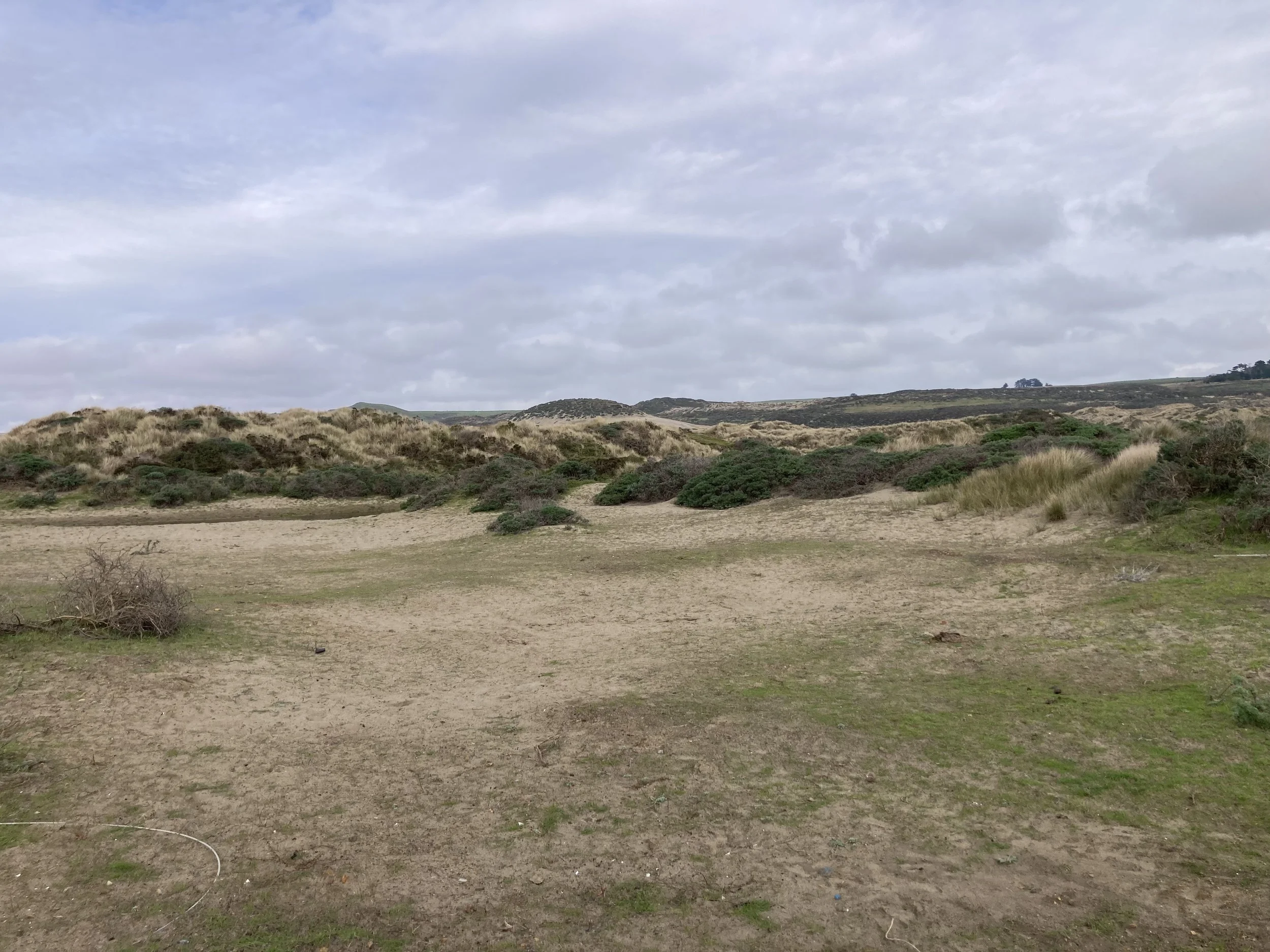Land for Golf
Many, if not most, of the greatest golf courses in the world owe much of their excellence to the land they are located on. Think of the beautiful forest, dunes, and coastline of Cypress Point. The rolling sand hills of Pine Valley. The intriguing topography of the great courses of the Philadelphia region. Or the ancient links-land of Great Britain. The best courses use the land to its greatest potential, through the routing and how the course works with the natural features. But oftentimes, the architect must create something out of nothing when they aren’t given a great site.
Since a course is so largely dictated by the land it is built on, looking for the right piece of land is fundamental to the process of creating a great course. Sites may be chosen for various reasons depending on the developer/founders’ goals for the project. Projects that are built near urban centers are often ones where the goal is to generate revenue from public play and therefore must be in such locals to have a large enough customer pool. Private clubs have the opportunity to be located in various areas, as long as there are enough potential members in the area to support the club. Although this is sometimes disregarded by elite clubs, where the members travel to a remote local to play just a few times a year while still paying full dues. A good example of this is Tara Iti in New Zealand. Resort courses can fall into either category. They may serve as another amenity to a place where people already travel, not for the soul purpose of playing golf. Or the Resort may be a new development entirely focused on pure golf, which gives the course the ability to be located really anywhere. Giving the developer or architect the virtue of finding the best site distinctly for golf. After all, for people to travel to a resort solely for golf, the golf must be great. This form of resort is growing enormously currently, as shown by corporations like Cabot, after the Bandon Dunes model.
Depending on the general area where the course is planned there may be a variety of sites available. In other situations where there is the flexibility for where the course is to be located, the developer can search for an ideal piece of land. In both instances, there are certain qualities that make a site better for golf;
Soil Composition: The character of the soil upon which the course is built dictates course conditions, how the course plays, and construction costs. Sandy soils are ideal for building a course, providing easy construction, firm playing conditions, and good drainage. Other soil compositions like clay or rocky soil make construction expensive and course conditions harder to maintain.
Land Movement: Courses have been built on a variety of different terrains, from mountains to dead flat linksland. This size and character of the natural terrain dictates the potential of the golf course similar to how the soil composition does. The best terrain for golf is gentle rolling hills with some, but not drastic elevation. The land should be walkable but have enough slope to make holes that are visually attractive and pose interesting shot values. Merion Golf Club in Pennsylvania and the Valley Club of Montecito in California, are examples of such ideal terrain. But, great courses have been built on other land, such as Bel Air Country Club in Los Angeles which was built in a a series of dramatic canyons. Or the Lido (the original in New York and its resurrection in Sand Valley Resort in Wisconsin) which were both built on dead flat sandscapes. Both courses required great earthmoving projects to make the course walkable and playable in the case of Bel Air, or create interest and contours from flat land in the case of the Lido. Flat landscapes also require this earthmoving to elevate greens and minimize blindness.
Vegetation: With varied soil composition and terrain comes varied vegetation that poses its own merits and challenges. The clearing of vegetation required to build the course is always a feature of consideration. Building in a forest will always be more expensive and complicated than building in an open field and courses are defined by the vegetation around them. Both open and wooded land present their playing challenges and merits. Forested courses are penalizing to errant shots, knocking them down and requiring shots to be played safely around them, but they also protect shots from fierce wind. Landscapes without many trees leave shots vulnerable to wind, but also give opportunity for recovery to shots played offline. As with the other criteria there are always examples of great courses in different environments. For example, Sunningdale in Berkshire Eng. was built in a dense forest and Royal St. Georges in Sandwich Eng. is completely arid. Regardless of preference open land is generally easier to develop, requiring minimal clearing and is cost effective And routing the course itself also fits in the land easier and often more naturally. Perhaps the most enjoyable forest course is Bandon Trails in Oregon, a course where Bill Coore and Ben Crenshaw masterfully intertwine the course into the Oregon pine forest, with the stunning forest scenery possibly one of the most enjoyable walks in golf.
Scenery: Many of the greatest courses in the world are built in beautiful locations. For example Tara Iti, Pebble Beach, or Banff Springs. The surroundings have great effect on a person’s memory of playing a course, and beautiful surroundings will undoubtedly make the round more enjoyable.



